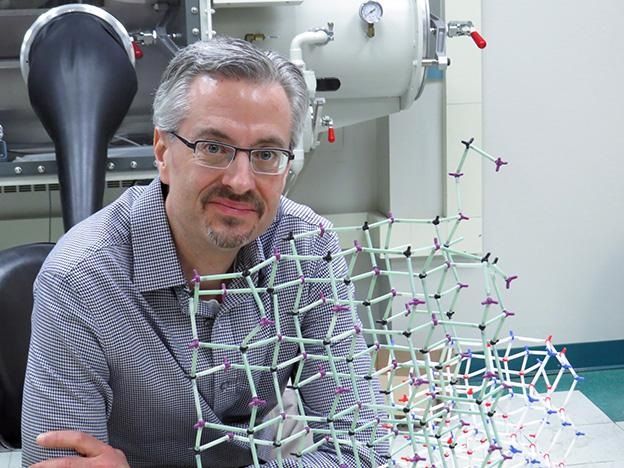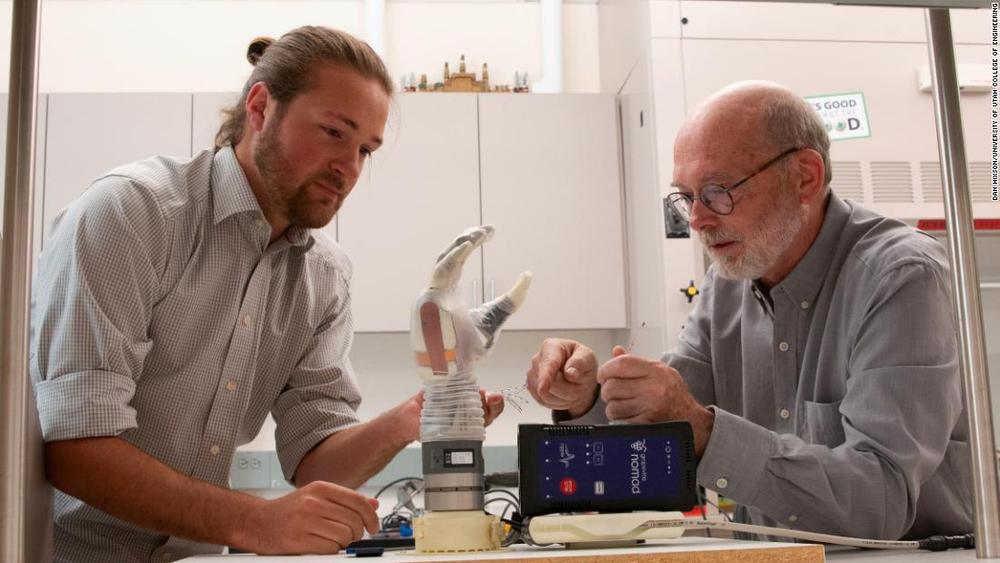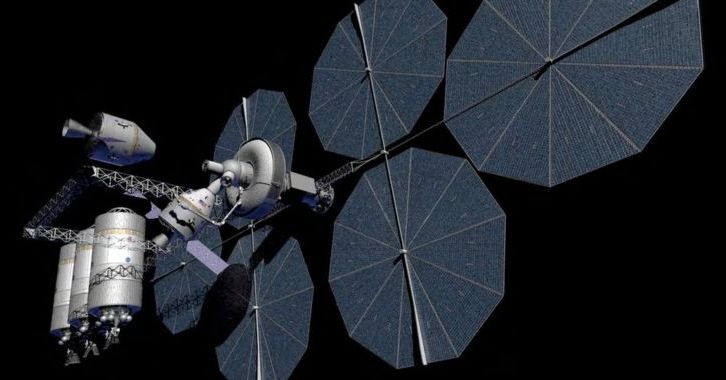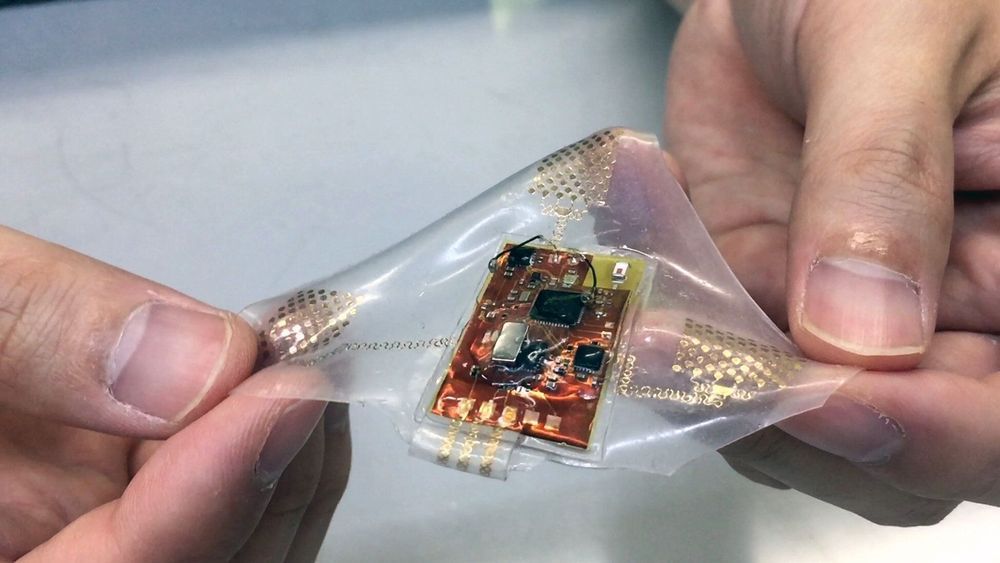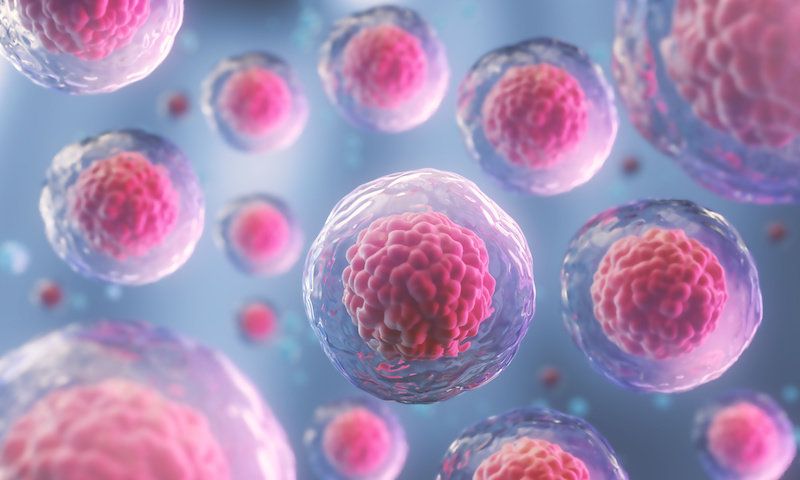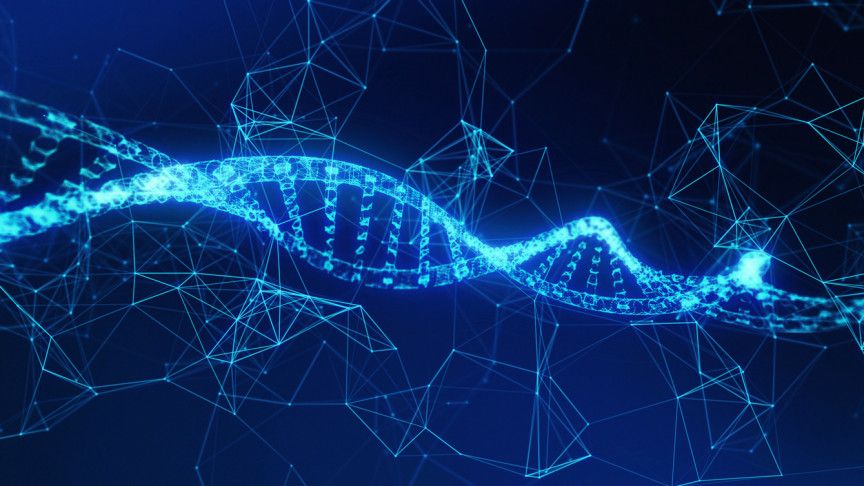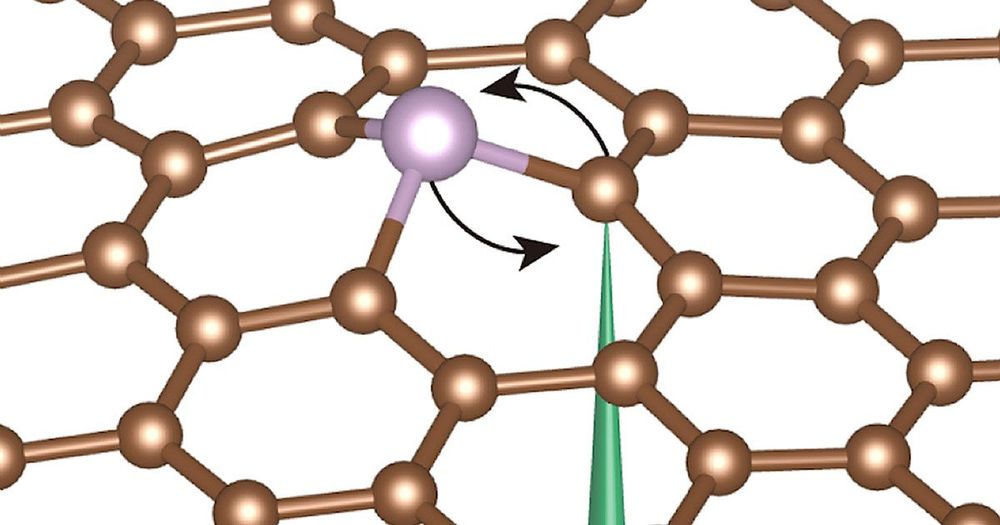Aug 1, 2019
Nanotechnology for quantum computers, industry skills for physics students, technologies that make physics happen
Posted by Genevieve Klien in categories: computing, cosmology, engineering, nanotechnology, quantum physics
This week’s podcast features an interview with Ray LaPierre, who heads up the department of engineering physics at McMaster University in Canada. Ray talks to fellow Canadian Hamish Johnston about his research in semiconductor nanowires, in particular for use in photonics and quantum computers, and also shares his experiences of working at JDS Uniphase during the telecoms boom.
Physics World’s Anna Demming also joins the podcast to describe a flurry of new results in the emerging field of twistronics – where two layers of graphene are stacked on top of each other but twisted at a slight angle to each other. The discovery last year that bilayer graphene can become a superconductor if the two graphene layers are twisted at the so-called magic angle of 1.1º won Physics World’s 2018 Breakthrough of the Year, and since then the race has been on to investigate other angle-dependent properties of twisted bilayer graphene. Anna describes how different research teams are now trying to work out what causes these intriguing effects.
We also talk to industry editor Margaret Harris about the importance of technology and engineering for scientific progress. Margaret shares her own “light-bulb” moment, when she realized that new laser technology could have saved hours of experimental time during her PhD, and also highlights several articles in the latest Physics World Focus on Instruments and Vacuum that highlight how breakthrough scientific discoveries rely on developments in the enabling technologies – including the first images of a black hole that were revealed in April.
